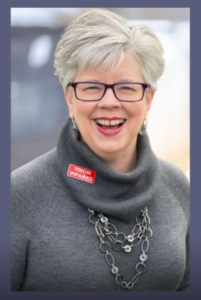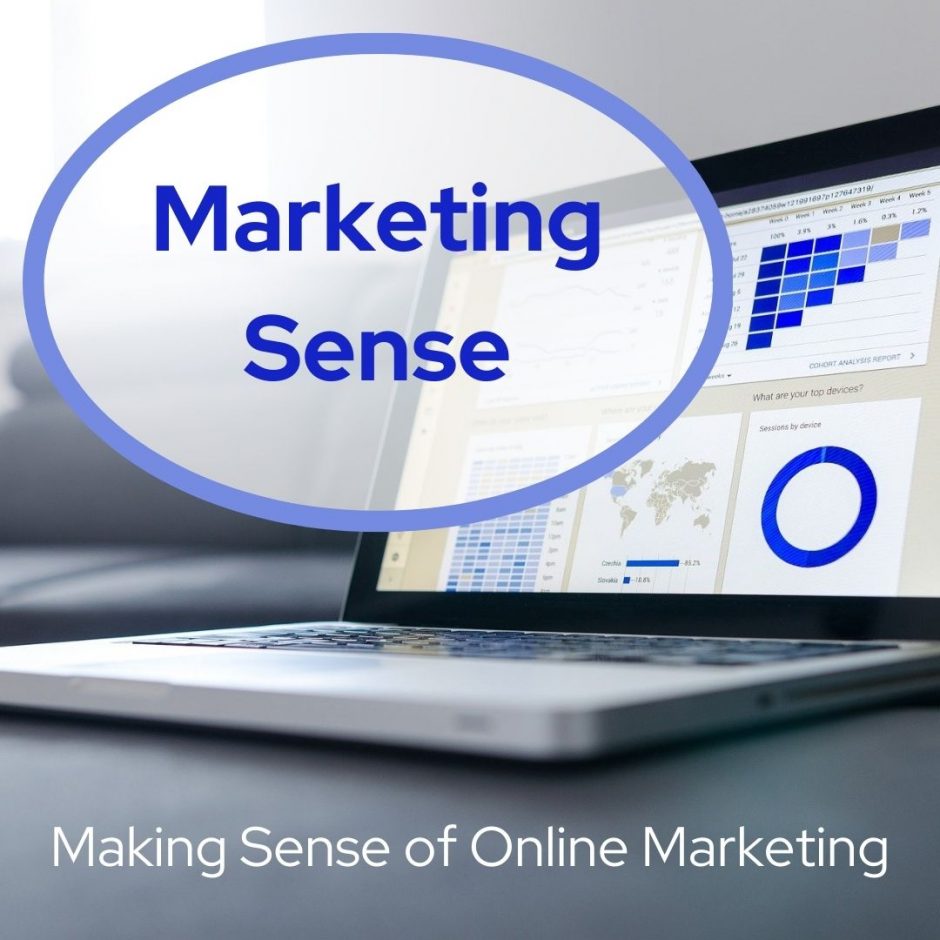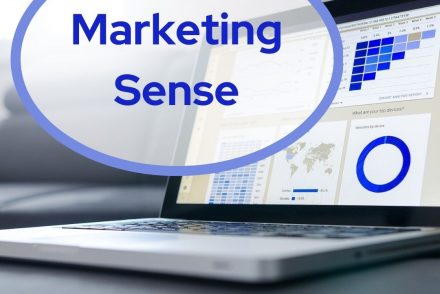(NOTE: This doesn’t apply to multiple audiences. They rarely have sustainable, overlapping needs.)
Serving multiple audience categories via email is one of our most challenging goals as marketers. So why is it necessary?
“THAT is the right question, Detective Spooner,”
(I,Robot reference there). 🙂
Unless you’re a brand-new marketer (if you are, welcome!), you likely have more than one audience segment, sometimes called an audience category. If we regularly send one-size-fits-all emails, subscribers won’t stick around long. There are too many others who will offer them what they specifically want. Generic won’t do.
Let’s back up and start at the beginning with an oversimplified example.
Let’s say our audience, in one word, is “mothers.” And our topic is also one word, “relationships.” There are roughly, oh, about a gazillion intersections between those two descriptions, agreed?
So, let’s break it down further, separating all mothers in our audience into groups called “categories” or “segments” in email lingo.
We want to identify the strongest commonality between them.
That might be their age, ethnicity, nationality, marital status, income…the list goes on and on. When we dig deeper, we see a clear distinction not in their ages, but in their children’s ages.
We can further separate them into–in this case–three groups: moms with toddlers, moms with elementary age children, and moms with high school / college age children.
In this fictional scenario, these mothers want content related to their children’s relational development.
While each group has unique differences from the other two, collectively, they have intersecting needs, goals, pain points, and interests, too. Instead of one generic email that doesn’t fit anyone, we can send a single email to focus on one specific question, goal, etc., the entire group is asking or working toward. It will fit each of these mothers individually…with only one email. Sweeeet!
But how we identify their common points of interest?
Picture a 2-circle Venn diagram. Each circle is independent of the other, except for a small area where they overlap. That overlapped area is what both groups have in common.
Now add a third circle to make a 3-way Venn diagram. Each circle is still independent of the others, yet there’s one 3-way overlap (it’s obvious if you ask Google to show you an image).
That single section where the three circles overlap represents your audience’s common challenges, obstacles, dreams, joys, etc., for their children and their children’s relationships.
If your goal is to write ONE email that’s applicable to each of your three audience groups, draw from that small, intersecting area in your 3-way Venn diagram for an idea, and it will fit every reader in these three categories to a “T.”
Suppose you want to send a Special Notice of some kind to only one of your three audience groups, and you want the remaining two groups to get a “regular” email?
Send that specific group a unique email (separate from the other two groups) with the Special Notice that pertains only to them.
Follow your normal process (based upon your 3-way Venn Diagram’s overlap) to write one email for the remaining two groups and send.
Next time, return to the overlapping obstacles, dreams, etc., shown in your diagram, and continue sending readers your best content!

Patricia Durgin is an Online Marketing Coach and Facebook Live Expert. She trains Christian writers and speakers exclusively, helping them develop their messaging, marketing funnels, conversational emails, and Facebook Live programs. Patricia hosted 505 (60-minute) Facebook Live programs from 2018-2020. That program is on indefinite hiatus. She’s also a regular faculty member at Christian writers and speakers conferences around the country.
Website: marketersonamission.com
Facebook: MarketersOnAMission





No Comments